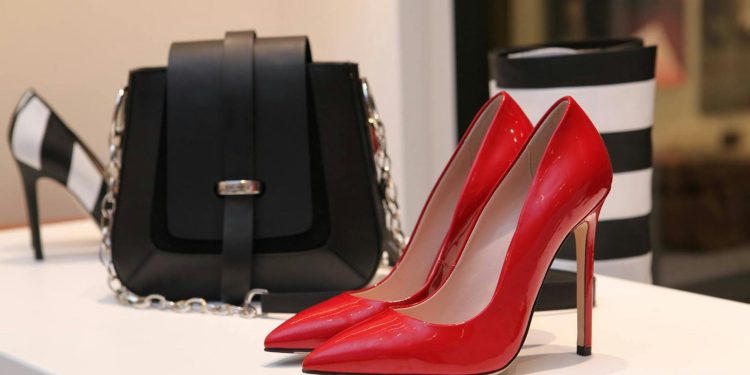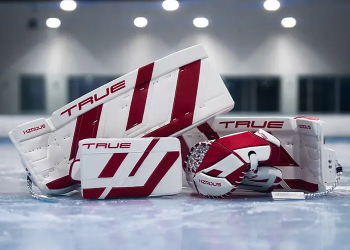High-end fashion, synonymous with luxury and exclusivity, has evolved dramatically over the centuries. From the handcrafted garments of royal courts to today’s technologically advanced designs, the journey of high-end fashion reflects changing societal values, technological advancements, and creative innovations. This article explores the milestones in the evolution of high-end fashion and its enduring influence on culture and style.
The Origins of High-End Fashion
High-end fashion traces its roots to the courts of Europe:
- Royal Patronage:
- During the 17th and 18th centuries, European monarchs like Louis XIV of France were patrons of fashion, commissioning elaborate garments to display wealth and power.
- Tailors and seamstresses created custom pieces, setting the stage for the concept of bespoke fashion.
- The Birth of Haute Couture:
- In the mid-19th century, Charles Frederick Worth, often regarded as the father of haute couture, established the first fashion house in Paris.
- Worth introduced the idea of seasonal collections and client fittings, revolutionizing the fashion industry.
High-end fashion’s early days were defined by exclusivity and craftsmanship, laying the foundation for modern luxury.
The Golden Age of Couture
The early 20th century marked the rise of iconic fashion houses and the establishment of Paris as the fashion capital:
- Coco Chanel’s Innovations:
- Chanel redefined women’s fashion with her focus on comfort and simplicity, introducing the little black dress and tweed suit.
- Her designs emphasized practicality without compromising elegance.
- Christian Dior’s New Look:
- In 1947, Dior’s “New Look” debuted, featuring cinched waists and full skirts, restoring glamour to post-war fashion.
- This collection signaled a return to opulence and femininity.
- Expansion of Haute Couture:
- Houses like Balenciaga, Givenchy, and Yves Saint Laurent gained prominence, pushing the boundaries of design and innovation.
This era cemented haute couture as the pinnacle of high-end fashion, with designers becoming cultural icons.
The Rise of Ready-to-Wear
The 1960s and 1970s brought significant changes to the fashion landscape:
- Democratization of Fashion:
- Ready-to-wear (prêt-à-porter) collections made high fashion more accessible to the masses.
- Designers like Pierre Cardin and Yves Saint Laurent pioneered ready-to-wear lines that retained luxury aesthetics.
- Youth Culture Influence:
- The rise of youth culture introduced bold, experimental styles, challenging traditional norms.
- Designers like Mary Quant and André Courrèges embraced mod fashion and futuristic designs.
- Global Expansion:
- High-end fashion brands began establishing boutiques worldwide, broadening their reach and influence.
The transition to ready-to-wear allowed high-end fashion to adapt to changing consumer demands while maintaining its prestige.
High-End Fashion in the Digital Age
The 21st century has brought unprecedented changes to high-end fashion:
- Technological Integration:
- Brands like Burberry and Louis Vuitton embraced technology, incorporating live-streamed runway shows and augmented reality shopping experiences.
- Designers use 3D printing and advanced textiles to create innovative pieces.
- Sustainability:
- Luxury brands are increasingly prioritizing sustainable practices, such as using eco-friendly materials and adopting circular fashion models.
- Stella McCartney is a pioneer in cruelty-free and sustainable high-end fashion.
- Inclusivity:
- High-end fashion has become more inclusive, featuring diverse models and expanding sizing options.
- Brands like Gucci and Fendi have embraced gender-neutral designs, reflecting societal shifts.
The digital age has transformed how high-end fashion is created, marketed, and consumed, making it more dynamic and accessible.
Iconic High-End Fashion Brands
Several brands have defined and shaped the luxury fashion industry:
- Hermès:
- Renowned for its Birkin and Kelly bags, Hermès epitomizes craftsmanship and exclusivity.
- Prada:
- Known for its minimalist designs and innovative use of materials, Prada continues to influence contemporary fashion.
- Chanel:
- With its timeless designs and dedication to quality, Chanel remains a symbol of elegance.
- Dior:
- Dior’s blend of tradition and modernity has made it a staple of high-end fashion.
- Balenciaga:
- Balenciaga’s avant-garde approach challenges conventional norms, redefining luxury fashion.
These brands represent the diversity and innovation within high-end fashion.
The Future of High-End Fashion
As the industry evolves, high-end fashion is poised to embrace new trends and challenges:
- Sustainability as a Core Value:
- Consumers demand greater transparency and responsibility, pushing brands to adopt eco-conscious practices.
- Technological Advancements:
- Artificial intelligence, virtual reality, and blockchain technology are set to revolutionize the design and retail experience.
- Personalization:
- Customization and bespoke services will become more prevalent, catering to individual preferences.
- Cultural Sensitivity:
- High-end fashion is increasingly drawing inspiration from global cultures, fostering inclusivity and diversity.
High-end fashion’s ability to adapt while maintaining its core values ensures its continued relevance and appeal.
The evolution of high-end fashion reflects a journey of creativity, innovation, and resilience. From its origins in royal courts to its current role as a leader in sustainability and technology, luxury fashion continues to inspire and influence the world. By balancing tradition with modernity, high-end fashion remains a timeless symbol of art and craftsmanship.








